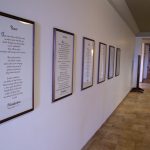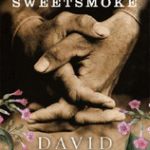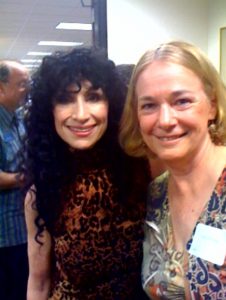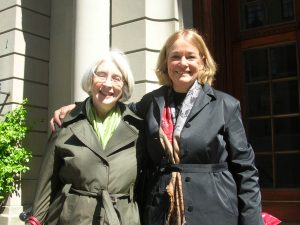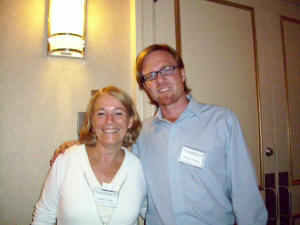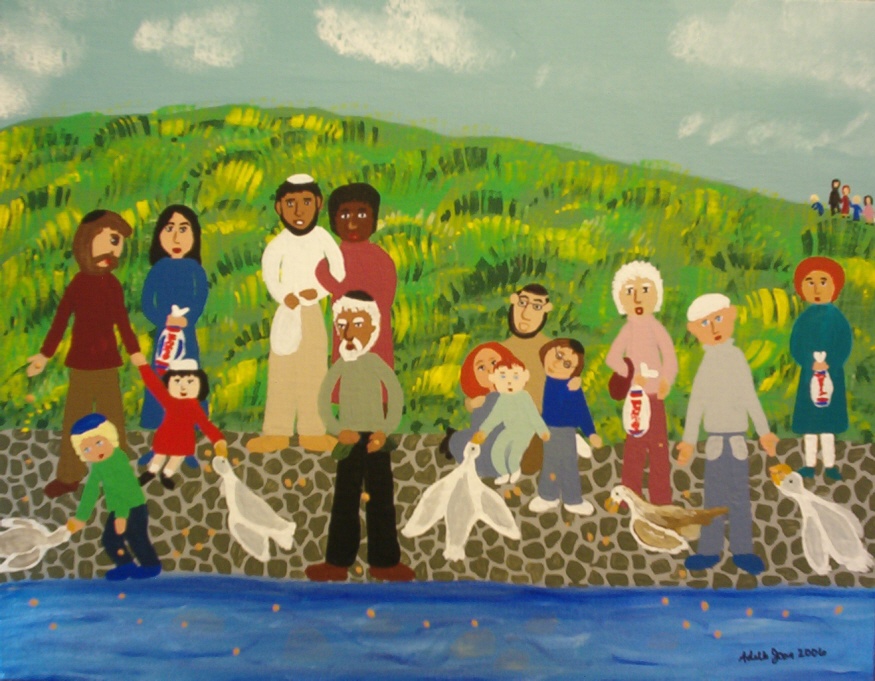Thanksgiving is my favorite holiday. I love it because it has resisted in quite admirable fashion being morphed into a “Hallmark Moment,” replete with cards, gifts, and candy. I love it because it is one of the few holidays (July Fourth being the other) that everyone who considers themselves American celebrates together. It doesn’t matter where you are from or what religious traditions you follow, it belongs to everyone.
I love asking my community college students what they eat for Thanksgiving. Seems as if almost everyone has turkey, but what ends up inside the turkey is as wide-ranging in its diversity as the country itself. The sides might be tamales, pancit, or sticky rice in place of, or alongside mashed potatoes with gravy, and the bread might as easily be tortillas or injera as dinner rolls.
Thanksgiving speaks to the universal need to express gratitude, an acknowledgment of this simple fact by the nation with the most to be grateful for. Sure we have our problems, collectively and individually, but I try to remind myself that even at the lowest points of my life (which those who know me are aware have been pretty low) , I am more fortunate than most of the people on the planet. For many years in place of a grace that my agnostic family could not say with any real sincerity, we went around the table and said a few things we were grateful for. And then we dug in and ate and ate and ate.
But my purpose today is not to write about my personal list for this year, but to talk about some of the “big picture” things I am grateful for. I was reminded of some of these by an article by Don Harrison, editor/publisher of San Diego Jewish World, which appeared in that paper today. He had made a visit to a local university and been moved by a corridor which featured quotations from different wisdom traditions around the world. Here are a few that particularly touched me:

